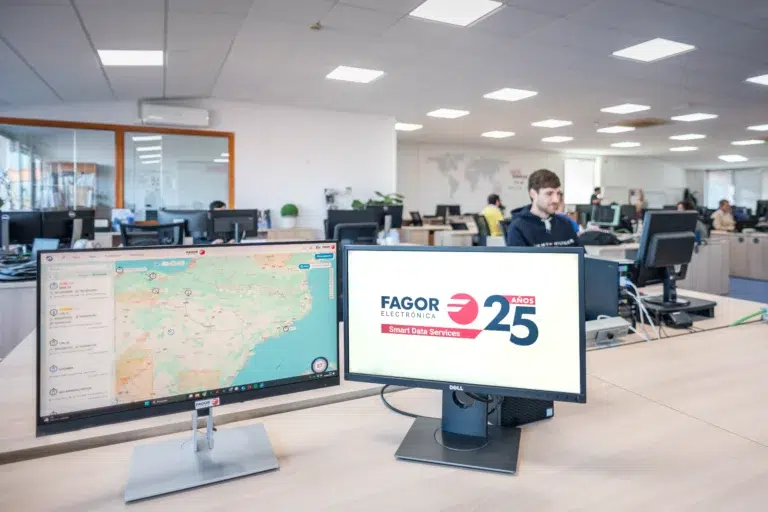Usually when talking about fleet management and that automatic connection is able to control the safety in the whole value chain of the logistics and transport processes, the focus is on the control of the goods, on the control over it.
Another important aspect that is should be mentioned when are talking about fleet management is related to sustainability; aspects such as controlling fuel consumption or efficient driving are of great value for both the transport company and the shipper.
However, there are two aspects that can be “hidden”, but they are no less important, we refer to the safety of assets and the safety of the driver/transport worker. In English-speaking countries, the concept of “safety and security” is well defined, but it is not so in other markets, where these two concepts are differentiated.
Property security is defined as the protection of the goods and assets of a company or enterprise. In the case of fleet management, we are talking about tractor assembly and trailer, or only the trailer if the transport is carried out in “hitched” mode, where the tractor unit is not the property of the company.
Asset security is the result of a prevention plan and detection of vulnerable points of the trucks and trailers. Once these points of vulnerability are determined, thanks to using tools such as a fleet manager, we proceed to neutralize or minimize effects that assets may suffer.
But this aspect is becoming increasingly difficult and complex, the threats to assets are increasing every day, and the resources to carry out this control are decreasing, that is why managing asset security by means of a good fleet manager is essential for the transport company of the XXI century.
But what should a fleet manager incorporate to guarantee the assets security?
Of course, some of the most important points should be covered:
- Vehicle immobilization
- Operator assistance button – Incident reporting
- Fuel level alarm (supply and subtraction)
- Alarm for change of status of any type of sensor (sensor, door opening, pressure switches, etc.)
- Alarms for entry or exit of zones
- Service stations
- Unauthorized transit or staging points
- Areas identified as fuel theft areas
- Warning of change of cargo temperature
- Warning of the opening of any type of door (truck, van, safety box, tanks ….)
- Jamming (frequency jammers) and towing (towing of the vehicle) alarms
We have discussed control over the goods, control of the company´s assets, but it is left probably the most important resource, without which a transport service does not work – the driver.
In times when we are monitoring immediately and online the goods and the vehicle through the fleet manager, it is impossible to forget about the driver. It is necessary to offer a guarantee and personal safety to the driver, not only in aspects of control, as can occur when we talk about sustainability, but also to offer through the fleet manager, a series of tools that allow both the driver and the transport company, to determine their welfare, reducing the dangers of their profession.
What personal safety components should a fleet manager have? Some important points are:
- Identify drivers’ behavior in the vehicle.
- Driving style (acceleration, sudden braking, speeding that could lead to an accident).
- Detect drivers´ shortcomings, encouraging them to improve and avoid accidents.
- Traffic sanctions, driver standstill
- Monitoring the use of seat belts (tells you how long a driver has been without putting a seat belt).
- Breathalyzer. It does not let to start the vehicle if driver does not give 0 alcohol.
- Cameras that detect if driver smoke, if driver look at the mobile phone, if is making phone call, if driver close the eyes, if driver yawn.
- Panic button to warn of potential danger.
- Identify high danger areas to prevent drivers from driving through them and warn when they are near.
The combination of all these options offers us the possibility of guaranteeing customers a monitored, controlled, sustainable transport service with the necessary safety for the driver and the load through the fleet manager.



